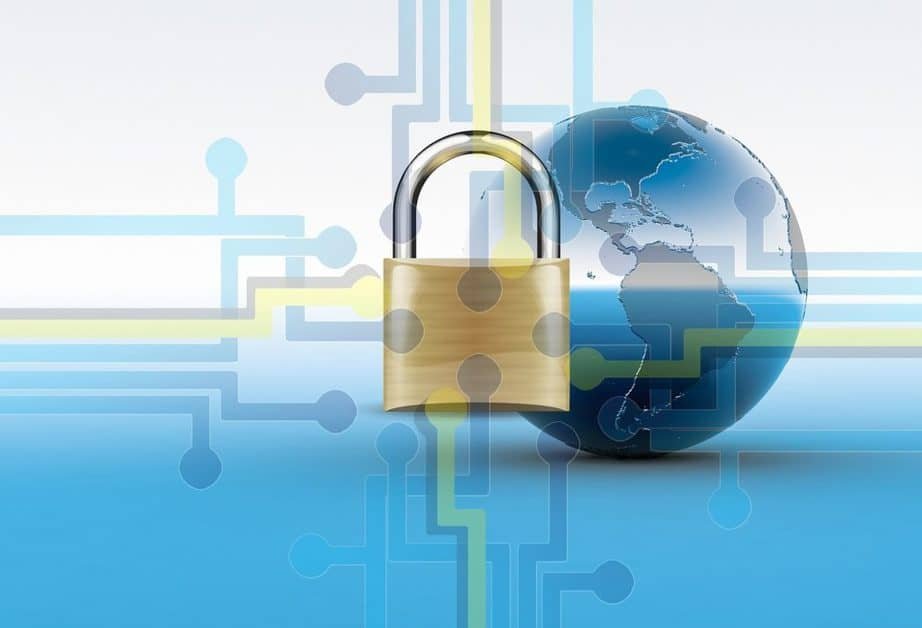Currently, there are over three billion smartphone users. In the next few years, this number is expected to rise by several hundred million. The countries with the most smartphone users include China, India, and the U.S.A, with each of the countries with more than one million users.
With these types of statistics, cyber risks inevitably abound. Most smartphone users use their phones for various purposes, including online shopping, banking, and controlling their smart homes.
Contrary to what most people think, anti-virus is not enough to combat all the cyber-risks that threaten your devices, which include not only smartphones but also laptops and computers. Some of the top risks facing devices include:
Trojans
A Trojan is malicious software that at first looks legitimate, but takes control of your device. The malware damage, steals, or disrupts your data. The malware might be an app you download, and it turns out to be malicious. An example is the Zeus Gameover, which is part of Zeus, a malware and virus family. The malware comes disguised as legitimate software, gains access to your bank account details, and siphons all your money.
Man-in-the-Middle Attacks
Man-in-the-middle attacks happen when the attackers position themselves between the message sender and the recipient, intercept the messages and alter them. In this case, both sender and message recipient think they are in direct communication with each other. The attacker could read all of the victim’s Internet traffic, including his passwords you enter into his bank account, his email contacts, and a lot of personal information.
How to mitigate cyber-risks?
You can take several of many measures to keep cyber-attacks on your devices at bay. Some of them include:
Updating your Operating System
The operating system of all devices receives regular system updates, which improve your user experience. The improvements could be anything from security to performance. Most users tend to ignore the update prompts or click on ‘remind me later.’ These updates protect your device from new bugs, and not updating gives hackers an open line to your devices.
Installing VPNs
A Virtual Private Network protects your device from unauthorized access by hiding both your location and IP address. It encrypts all your communication using the 256-bit encryption standard for both incoming and outgoing. Consider downloading a VPN, especially if you often log into the internet via public Wi-Fi, where you are vulnerable to Man-in-the-Middle attacks and rogue networks.
Installing anti-malware and antispyware
If you already have an anti-virus, install anti-malware to complement it, as most are designed to work together. Most prominent anti-virus software firms sell a product that combines both malware and virus protection. It is essential to have both antivirus, antimalware, and antispyware, which protects you from any software that covertly wants to spy on you. The antispyware thwarts any attempts by the spyware to embed into your device and steal data.
Multi-factor authentication
The multi-factor authentication or 2FA is an authentication method where a computer user gets access only after the presentation of more than one piece of evidence, such as a code sent to a trusted device or a biometric authentication such as a retina or face scan.
Password manager
While browsing, you may access hundreds of sites that need a login and ask for a password. Since you cannot keep track of all the passwords, a password manager comes in handy. The manager generates unique passwords and stores them, so you do not have to remember them all. The only password you have to keep in mind is the password manager’s password.
Conclusion
For your devices and data to stay secure, you must be aware of all the online risks and how to mitigate them. These risks keep evolving, which means you have to keep updating your mitigation methods to suit the new risks. You need to update your apps and OS to the newest version and half the time; it typically takes only a few minutes and saves you a lot of grief.











Leave a Reply